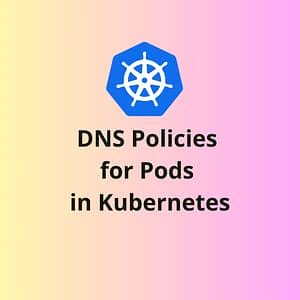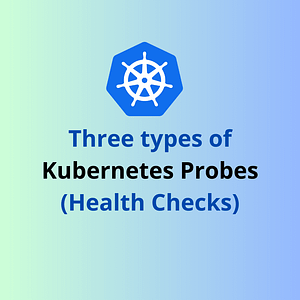Introduction
Do you know what are Pod Disruption Budgets (PDB) in Kubernetes and how it provides the high availability to your applications?
Before understanding PDB, Let’s first understand a little about disruptions in Kubernetes 👇
What are Disruptions?
👉 In general, Disruption means disturbance or problems which interrupt an event, activity, or process. In case of Kubernetes, pods are containing our applications and any interruption to them will cause a disruption to our application.
👉 There can be 2 types of disruptions to an application:
☑ Voluntary Disruptions
☑ Involuntary Disruptions
1️⃣ Voluntary Disruptions
👉 Any disruption to the application caused by application owner or cluster administrator intentionally are categorized as Voluntary Disruptions.
👉 Few examples are:
☑ Deleting the deployment or other controller that manages the pod
☑ Updating a deployment’s pod template causing a restart
☑ Draining a node for repair or upgrade or scale down
☑ Removing a pod from a node to permit something else to fit on that node.
2️⃣ Involuntary Disruptions
👉 Any unavoidable cases such as hardware or system error are considered as Involuntary Disruptions.
👉 Few examples are:
☑ A hardware failure of the physical machine backing the node
☑ A Kernel panic
☑ Cloud provider or hypervisor failure makes VM disappear
Now, since we understand the disruptions and its types, let’s understand what are PDBs.
What is Pod Disruption Budget?
👉 Kubernetes offers this feature for running highly available applications even with voluntary disruptions.
👉 A PDB limits the number of Pods of a replicated application that are down simultaneously from voluntary disruptions.
👉 A PDB specifies the number of replicas that an application can tolerate having, relative to how many it is intended to have.
👉 For example, a Deployment which has a .spec.replicas: 5 is supposed to have 5 pods at any given time. If its PDB allows for there to be 4 at a time, then the Eviction API will allow voluntary disruption of one (but not two) pods at a time.
👉 Involuntary disruptions cannot be prevented by PDBs; however they do count against the budget.
👉 Pods which are deleted or unavailable due to a rolling upgrade to an application do count against the disruption budget, but workload resources (such as Deployment and StatefulSet) are not limited by PDBs when doing rolling upgrades.
References
🔗 Kubernetes Official documentation for understanding PDB concepts
🔗 Practice task to configure PDB




